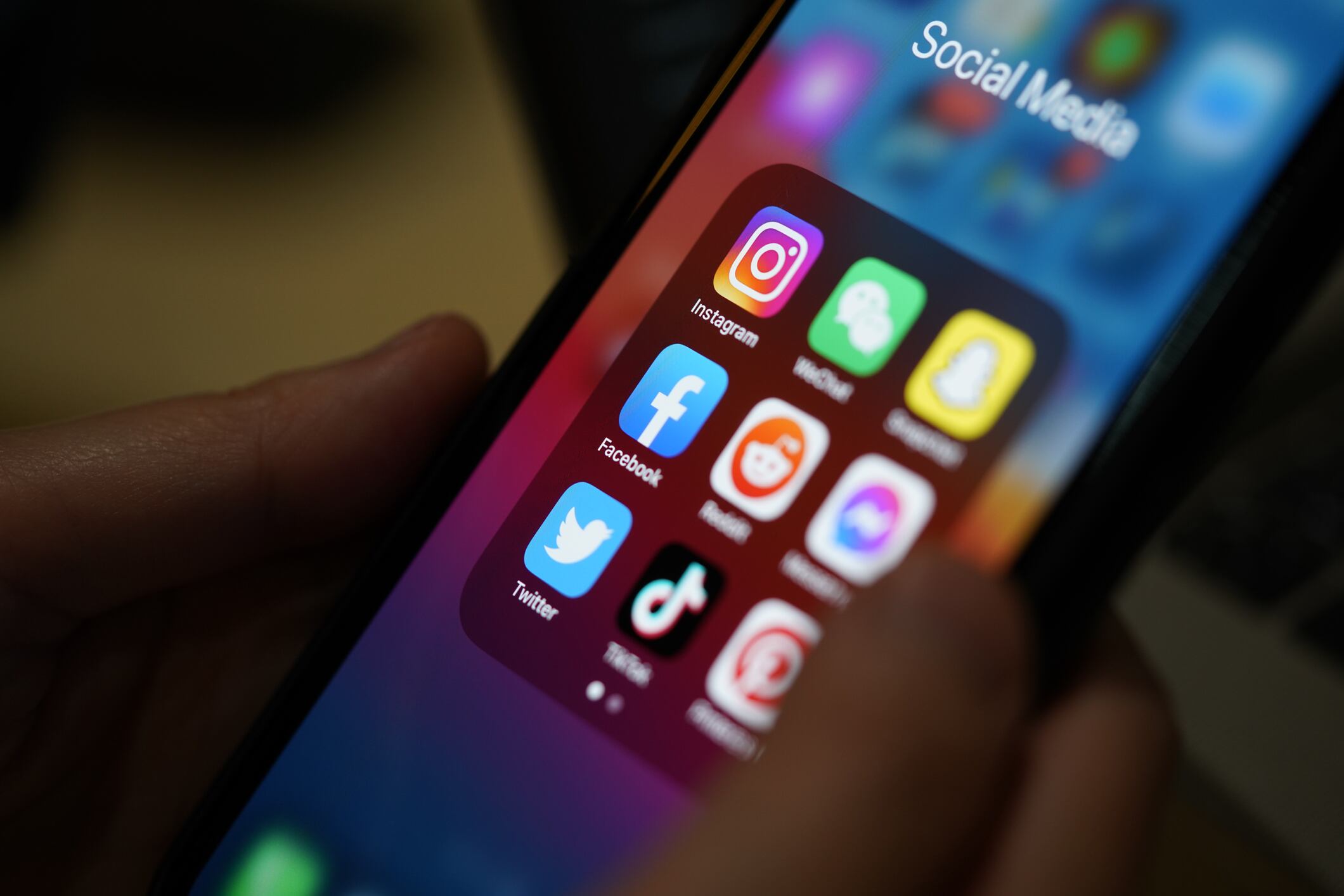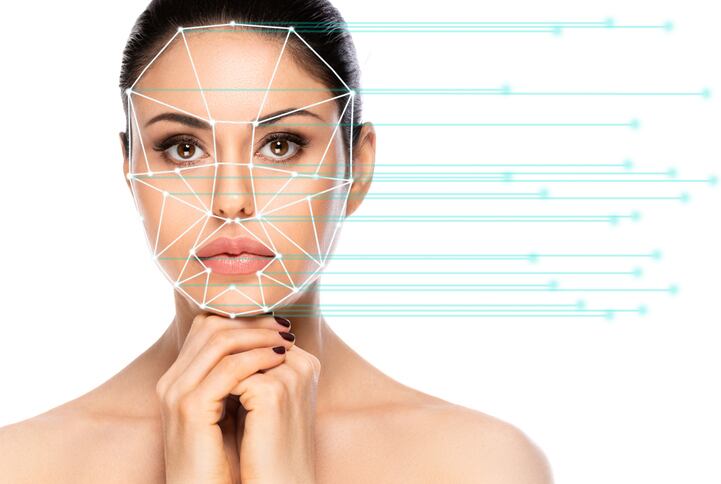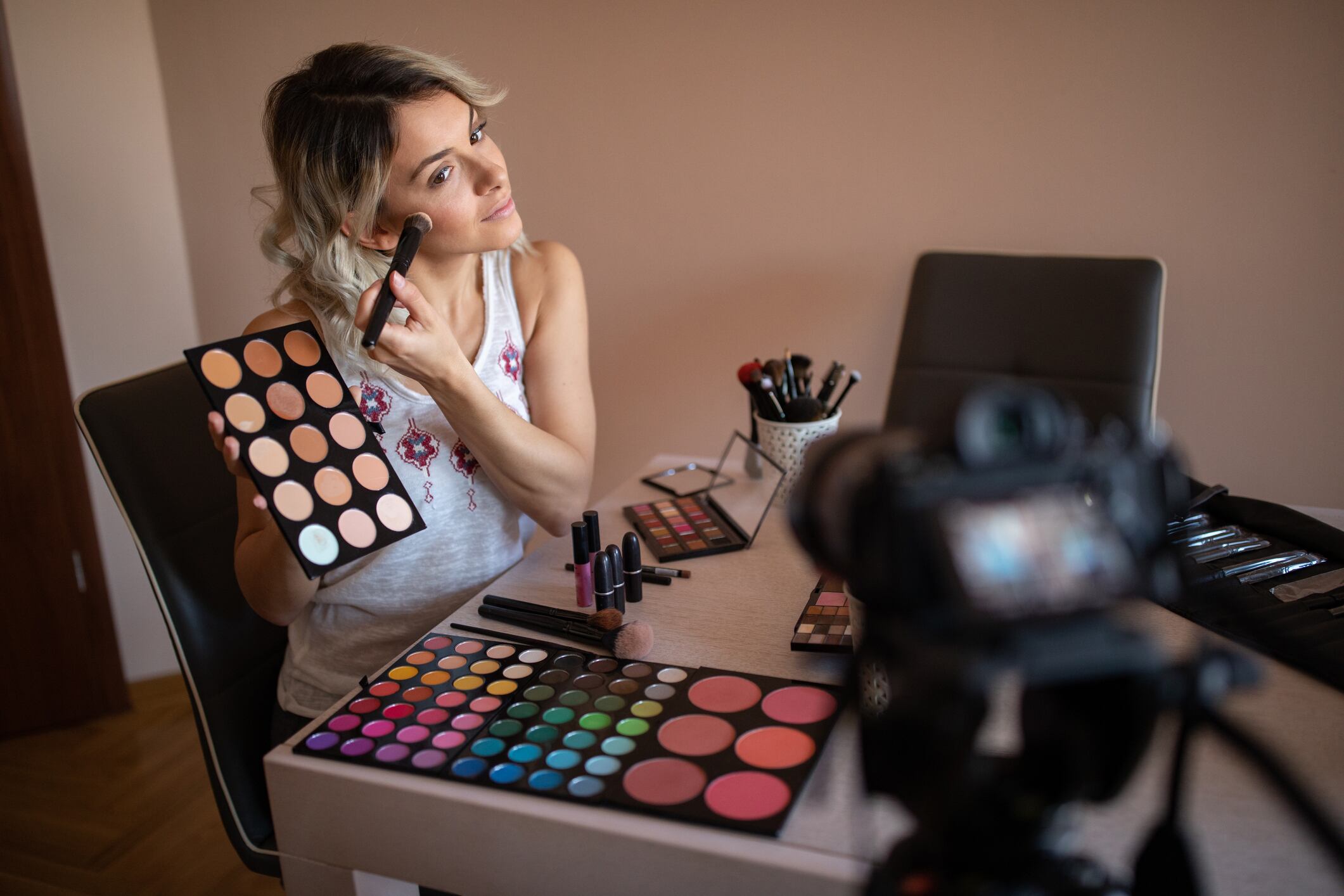As recently reported by market research firm Statista, the United States claimed the largest social media ad market segment with $80.7 billion in ad spending directed toward the 327.22 million active social network users across platforms including Facebook, Instagram, and TikTok in 2022. As the cosmetics and personal care product industries continue to grow following the COVID-19 pandemic, marketing strategies have shifted away from television and print media towards digital marketing strategies leveraging influencers and targeted ad campaigns.
In 2023, many digital marketing opportunities are available for cosmetics and personal care companies to reach consumers better, anticipate purchasing trends, and meet unique consumer demands. However, with so many options available, it can be complex or confusing for some companies to navigate and decide which options would be the most effective for their brand and marketing goals.
CosmeticsDesign recently interviewed Leslie Ann Hall, CEO and Founder of Iced Media, a New York-based advertising agency representing the interests of beauty and skin care companies, for her insights into these topics and advice for industry members interested in adopting or refining digital marketing techniques into their branding strategies in 2023.
Hall presented her findings on these topics at CEW’s recent State of the Beauty Industry webinar. She also offers years of experience and data-backed results to help cosmetics and personal care companies cultivate a well-informed decision-making process regarding digital marketing and targeted ad spending.
CDU: As pandemic restrictions continue to be rolled back and consumers experience a return to retail, what are some of the best ways cosmetics and personal care companies can connect with consumers to encourage in-store shopping?
LAH: There are a lot of opportunities for companies to connect with retail shoppers using social media advertising to grow their cosmetics and personal care brands. Historically, brands may have looked at paid social media ads in a narrower view - as a way to sell products directly on their own ecommerce website.
Nowadays there are new ad products cropping up from Meta (Facebook and Instagram), TikTok and Snapchat specifically geared towards brands looking to drive more shoppers to their favorite retail stores. The social platforms and the technology behind their algorithms are really sophisticated in their ability to help brands identify specific retail shoppers like those who shop Sephora or Ulta or Walgreens or Target.
Savvier marketers may also layer on creative and messaging features like banners with retail logos or text overlay onto the content or more granular targeting capabilities like with zip codes to drive to specific stores or regions.
Cosmetics and personal care companies can connect with consumers even better to encourage in-store shopping by tailoring the message based on each store's consumer archetype such as focusing on value and everyday low prices when targeting the Walmart shopper.
CDU: Are in-store initiatives another good method for brands to better connect with consumers (for example, discounts only available for in-store purchase, free gift at pickup, etc.)?
LAH: Absolutely! Our benchmarks show that consumers are responding to incentives and that offer-based messages drive a sales lift in store. We recommend pairing these in-store offers with paid social media advertising to gain a competitive advantage. Of the 115 bestselling brands we benchmarked for the Beautymark by Iced Holiday Report, only 8% are currently leveraging paid social media to drive to retail.
CDU: Can you explain the “tiktokification” of ads and the importance of mobile optimization in effective social media marketing strategies for cosmetics and person beauty care product options?
LAH: Historically our social media newsfeeds were full of content from the friends, family and brands we chose to follow. Now, more than ever, our feeds are full of more authentic content from strangers that an algorithm decides we will be interested in.
Our benchmarks at Iced Media are showing this is also impacting the way beauty buyers shop online. We are showing that ads featuring influencers, similar to the type of content we see in our TikTok feeds, are outperforming more traditional brand ads, nearly 2 to 1.
The takeaway for beauty marketers to incorporate into their social media strategies is to get more out of their influencer partnerships. For example, we know that most beauty brands are working with influencers organically but this past holiday we saw that out of the 115 brands we benchmarked for the Beautymark by Iced Holiday Report, only 8% were using influencers in their paid media. That’s a big gap.
The great news is that studies show nano influencers or those with under 10,000 followers can influence beauty purchases as much as macro influencers with over one million followers. It proves brands can work with influencers in paid advertising in a way that is practical and cost effective.
CDU: What are some of the best ways for cosmetics and personal beauty care companies to connect with content creators to better reach their targeted consumer demographic?
LAH: The best way brands can connect with creators to reach their demographic is by being strategic when negotiating the usage in their contracts. It’s important to negotiate paid usage for content and brief the creator on best practices for ads that are different from organic content the creator may be making for the brand.
There are other ways to expand on the usage such as whitelisting on Meta or authorization codes on TikTok where the ad will appear from the creator’s handle instead of the brand’s which can yield better results among audiences. Brands can also negotiate permission to target the creator’s followers in their campaigns to maximize the value of the partnership.
CDU: Are certain types of creator-led ads more or less effective than others when considering purchase conversion rates?
LAH: Different types of creator-led ads resonate differently for products and brands. One of the keys to success is to test various types of creator-led content like testimonials, product applications, routines, product-focused and short formats at different stages of the user’s journey.
Creative is the biggest lever to drive performance from platforms. Entertaining, educational, and user generated content are great for introducing shoppers to products and brands. Meanwhile, heavier product-focused creator-led content works well in driving conversions lower in the funnel.
Overall, it's important, regardless of the type of content being created and the different formats, to make sure it’s authentic and built for the platform brands intend to use it on. Brands only have 3-4 seconds to grab a shopper's attention.
CDU: Anything else to add?
LAH: Oftentimes we see beauty brand marketers taking a siloed approach to their social media marketing and trying to retrofit organic or brand content and creators into paid. In order to really scale a brand meaningfully with social media advertising it’s imperative that the content, creator and media strategy are working in harmony.





